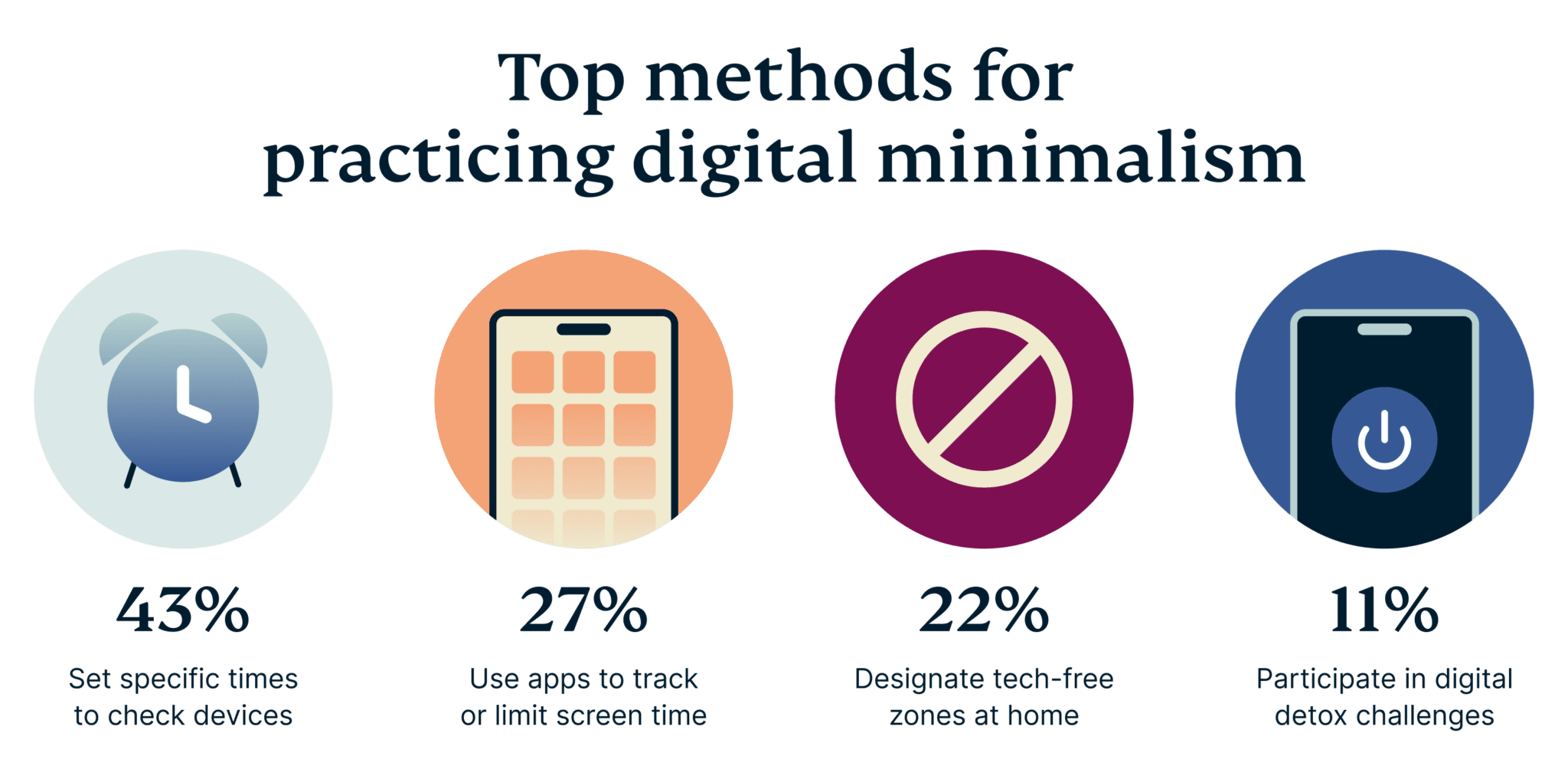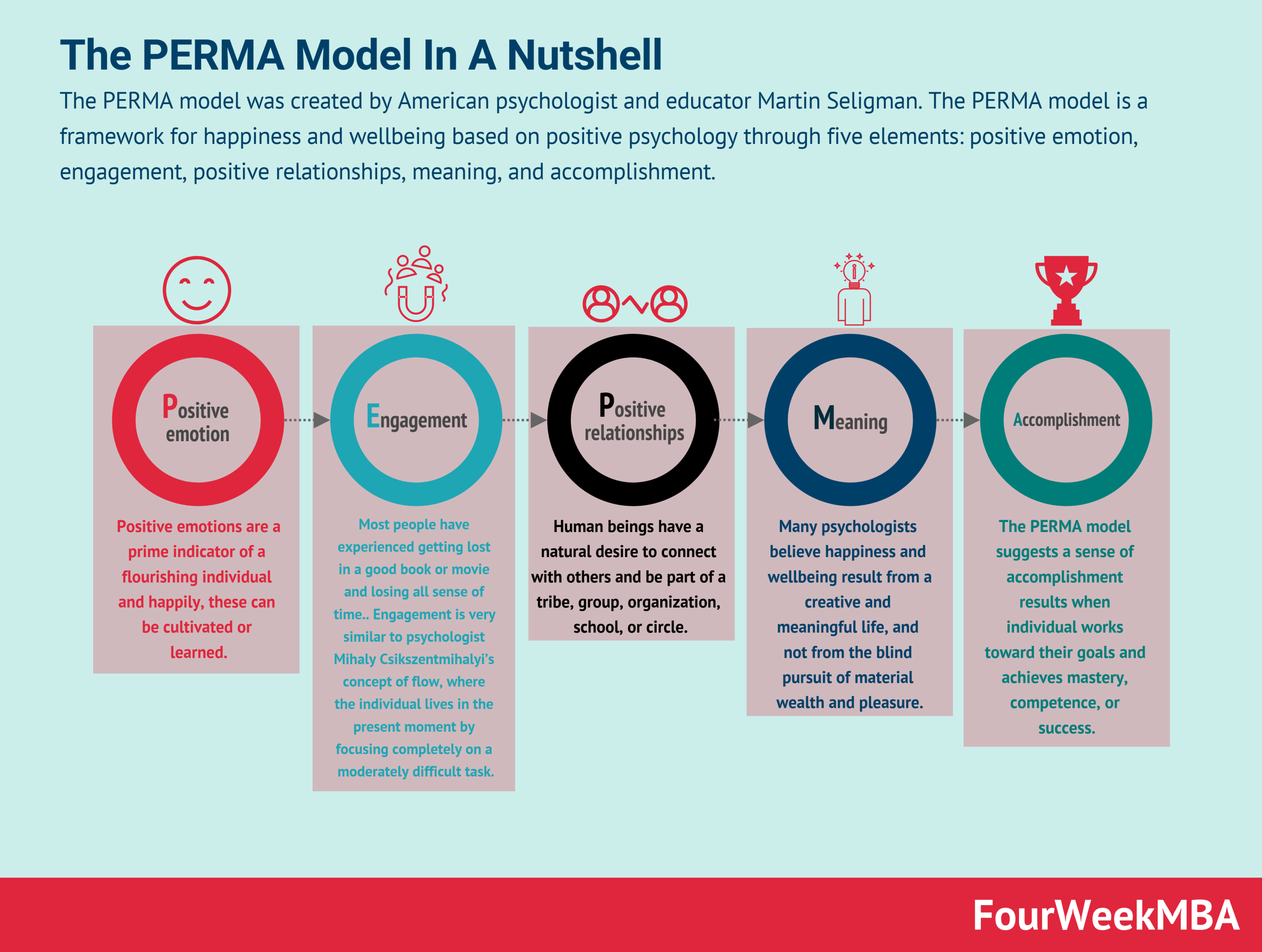Introduction
In today’s world, where digital devices are always within arm’s reach, the line between usefulness and overuse is increasingly blurred. People are more connected than ever before, yet many report higher levels of stress, distraction, and emotional fatigue. This paradox is the driving force behind the rising interest in digital minimalism—a lifestyle and cognitive strategy aimed at reducing unnecessary digital noise to enhance mental clarity and well-being (Newport, 2019).
Read More- Doomscrolling
What Is Digital Minimalism?
Digital minimalism is a philosophy that encourages intentional and mindful use of technology. Rather than advocating for the complete elimination of digital tools, it promotes aligning technology use with deeply held values. This approach differs from basic screen-time reduction, as it requires a reflective reassessment of what technologies are truly beneficial and which are simply habitual distractions (Newport, 2019).

Digital minimalism is often characterized by practices such as:
- Conducting a 30-day “digital declutter”
- Removing non-essential apps and notifications
- Scheduling screen time with purpose
- Reclaiming offline activities like reading, journaling, and nature walks
The Psychological Effects of Digital Overload
Research indicates that high levels of digital consumption—especially social media use—are linked to increased symptoms of anxiety, depression, and loneliness (Twenge et al., 2018). One major reason is the constant barrage of stimuli that leads to cognitive overload. The human brain, although adaptable, has limited processing capacity. Continuous multitasking between emails, texts, and apps results in what psychologists term “attention residue”—the mental clutter left behind when switching rapidly between tasks (Leroy, 2009).
Neurologically, digital devices are designed to exploit the brain’s reward system through variable reinforcement schedules, similar to slot machines. This design fosters habitual checking behaviors, conditioning users to seek dopamine hits from likes, comments, and notifications (Alter, 2017). Over time, this creates a feedback loop that reinforces compulsive engagement and makes digital disengagement more difficult.
Mental Health Consequences
The emotional implications are substantial. Social comparison theory, originally proposed by Festinger (1954), explains how individuals evaluate their worth by comparing themselves to others. In digital environments like Instagram or TikTok, this leads to upward social comparisons, which are frequently idealized and curated. Such comparisons have been found to diminish self-esteem and increase symptoms of depression, particularly among adolescents and young adults (Steers et al., 2014).

Moreover, constant notifications and multitasking contribute to chronic stress and reduced working memory. Studies show that even the presence of a smartphone—without active use—can reduce available cognitive capacity (Ward et al., 2017).
Benefits of Digital Minimalism
Digital minimalism can be viewed as a form of cognitive hygiene. Just as physical clutter affects mood and clarity, digital clutter similarly burdens the mind. Removing excess digital stimuli allows for deeper focus, improved mood, and greater emotional regulation. Participants in digital detox studies report better sleep, reduced anxiety, and enhanced interpersonal relationships (Sahi et al., 2021).
Practicing digital minimalism can:
- Increase mindfulness and self-awareness
- Restore the brain’s capacity for boredom, which is linked to creativity
- Improve sleep quality by reducing screen time before bed
- Enhance real-world social interactions
Practical Strategies and Psychological Techniques
Psychologists and behavioral scientists suggest various evidence-based strategies to help individuals adopt digital minimalism:
1. Cognitive Behavioral Techniques
CBT principles can be applied to identify and challenge irrational beliefs tied to digital dependency (e.g., “If I don’t respond immediately, people will be upset”).
2. Habit Loop Reprogramming
Charles Duhigg’s habit model includes a cue, routine, and reward. Understanding and altering these loops can help break compulsive checking behaviors (Duhigg, 2012).
3. Mindfulness Training
Mindfulness techniques, such as focused breathing or body scans, increase metacognitive awareness. This helps users recognize compulsive urges and pause before engaging in habitual digital behavior (Kabat-Zinn, 2003).
4. Environmental Design
Simple changes in the digital environment—like using grayscale mode or placing the phone out of reach—can dramatically reduce automatic use. Apps like “Forest” or “Freedom” use behaviorally informed designs to reinforce offline productivity.
The Role of Values and Identity
Digital minimalism isn’t just about less; it’s about more of what matters. A central tenet is that humans derive meaning from activities aligned with personal values—whether it’s creativity, connection, or learning. When digital use supports these values, it becomes enriching rather than depleting.
Psychologist Martin Seligman’s PERMA model of well-being (Positive Emotion, Engagement, Relationships, Meaning, and Accomplishment) can serve as a guiding framework. Digital minimalism helps individuals redirect attention and time toward activities that fulfill these pillars.

Case Studies and Real-Life Applications
In workplace settings, companies that encourage “focus time” or implement email-free Fridays often report improved productivity and employee satisfaction. Schools introducing “tech-free” hours have noted enhanced student engagement and mental well-being.
On an individual level, people who undergo 30-day digital declutters report increased clarity about which tools genuinely add value to their lives. Some replace endless scrolling with hobbies, while others rekindle face-to-face social connections.
Challenges and Limitations
Digital minimalism is not without challenges. For some, especially those whose work is tightly integrated with digital platforms, complete detox is impractical. Moreover, socioeconomic factors play a role; not everyone has the privilege to disconnect.
Additionally, there’s the psychological hurdle of FOMO (Fear of Missing Out), which can deter people from disengaging. Here, self-compassion and gradual reduction—rather than all-or-nothing approaches—are key.
Conclusion
As society becomes more digitized, the psychological consequences of constant connectivity grow more pronounced. Digital minimalism offers a research-backed, value-oriented framework for reclaiming mental health and cognitive clarity in the modern age. It does not reject technology but redefines its role in our lives. By aligning digital behaviors with core values, individuals can achieve not only greater productivity but also deeper fulfillment and well-being.
References
Alter, A. (2017). Irresistible: The rise of addictive technology and the business of keeping us hooked. Penguin Press.
Duhigg, C. (2012). The power of habit: Why we do what we do in life and business. Random House.
Festinger, L. (1954). A theory of social comparison processes. Human Relations, 7(2), 117-140.
Kabat-Zinn, J. (2003). Mindfulness-based interventions in context: Past, present, and future. Clinical Psychology: Science and Practice, 10(2), 144-156.
Leroy, S. (2009). Why is it so hard to do my work? The challenge of attention residue when switching between tasks. Organizational Behavior and Human Decision Processes, 109(2), 168–181.
Newport, C. (2019). Digital minimalism: Choosing a focused life in a noisy world. Portfolio.
Sahi, M., Olesen, S. C., & Klasnja, P. (2021). Examining the psychological benefits of digital detox: A randomized controlled trial. Journal of Behavioral Addictions, 10(3), 642–655.
Steers, M.-L. N., Wickham, R. E., & Acitelli, L. K. (2014). Seeing everyone else’s highlight reels: How Facebook usage is linked to depressive symptoms. Journal of Social and Clinical Psychology, 33(8), 701–731.
Twenge, J. M., Joiner, T. E., Rogers, M. L., & Martin, G. N. (2018). Increases in depressive symptoms, suicide-related outcomes, and suicide rates among U.S. adolescents after 2010 and links to increased new media screen time. Clinical Psychological Science, 6(1), 3–17.
Ward, A. F., Duke, K., Gneezy, A., & Bos, M. W. (2017). Brain drain: The mere presence of one’s own smartphone reduces available cognitive capacity. Journal of the Association for Consumer Research, 2(2), 140–154.
Subscribe to PsychUniverse
Get the latest updates and insights.
Join 3,027 other subscribers!
Niwlikar, B. A. (2025, July 20). Digital Minimalism and 4 Important Ways to Practice It. PsychUniverse. https://psychuniverse.com/digital-minimalism/



